In the tribal villages of rural Maharashtra, the arrival of the monsoon once meant baskets of freshly harvested millets in every home. These hardy, nutrient-rich grains sustained families for generations, keeping them fed and healthy. But today, shifting rainfall patterns and the loss of native seeds are threatening not just the harvest, but a way of life.
‘Pragati Abhiyan’, a Nasik-based nonprofit, is working to bring these grains — and the nutrition they carry — back into local diets. “Any solution or resilience-building effort must be tailored to meet the specific needs of these communities,” says Pranay Karuna, Associate Director at Dasra, a Mumbai-based philanthropic foundation.
“This means protecting indigenous knowledge, native seeds, and natural resources. From planning to execution, the work must consider all the different challenges these communities face. By focusing on farming and building local resilience, Pragati Abhiyan connects the effects of climate change with social inequalities and shows why solutions must be tailored to local needs.”
For Dasra, this approach is not new. Over the past 25 years, the foundation — co-founded by Neera Nundy and Deval Sanghavi — has directed more than $420 million toward social causes, supported over 1,400 nonprofits, and positively impacted approximately 200 million lives. One of its most effective strategies has been to build alliances with like-minded organisations.
From the 10to19 Alliance, which empowers adolescents — especially girls — to make positive life choices, to ‘Youth Ke Bol’, which is building a coalition of one million young people for better access to sexual and reproductive health services, to the National Faecal Sludge and Septage Management (NFSSM) Alliance, which works with governments and municipalities on liquid waste — collaboration has always been at the heart of Dasra’s work.
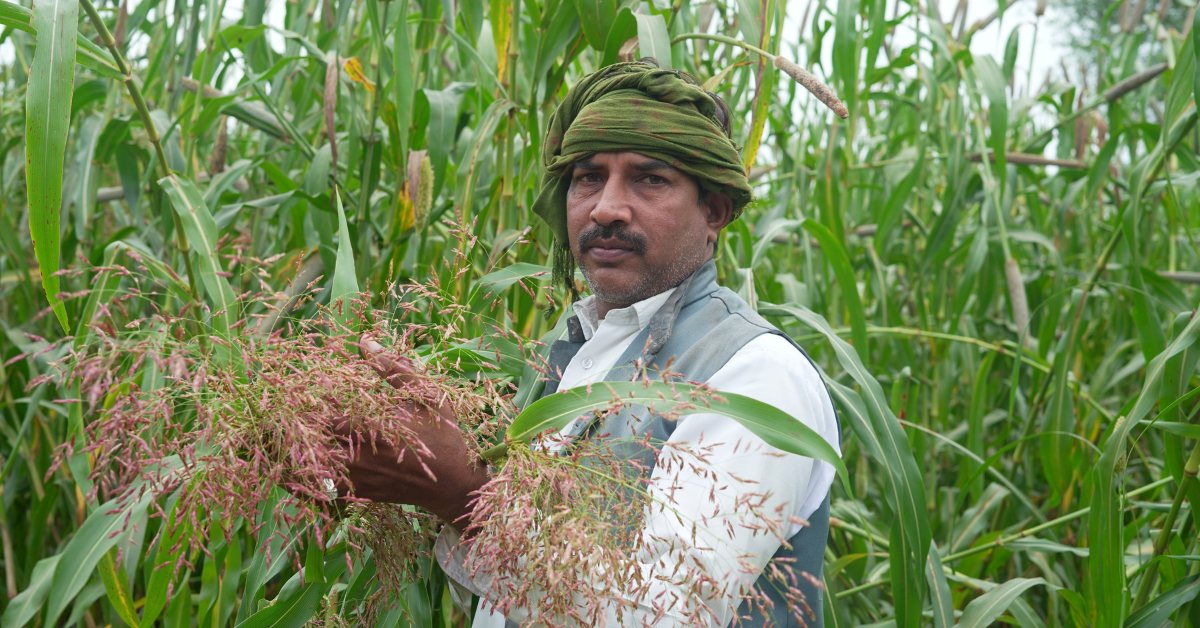
“At Dasra, every initiative has been rooted in collaborative action with communities at the centre. Through conversations with diverse organisations, we realised there was a significant gap in work around climate. This pushed us to explore it from an intersectional lens, focusing on strengthening community resilience. The aim was to shape an India view, create a common vocabulary, and enable multi-stakeholder engagement on climate action for the most vulnerable communities,” adds Pranay.
To explore this, Dasra spoke with almost 100 organisations in its network that were working in climate-adjacent areas, seeking to understand what a dedicated climate alliance could look like. They already knew how to build alliances, but they wanted to hear directly from partners about priorities within the climate space.
What emerged from these conversations was the ‘ClimateRISE Alliance (CRA)’, launched in early 2023. Bringing together civil society organisations, think tanks, intermediary groups, and funders, the CRA was established with support from Rainmatter Foundation, Oak Foundation, and MacArthur Foundation. Its aim is to shape “an India view” on intersectional climate action, create a common vocabulary, and enable multi-stakeholder engagement for the most vulnerable communities. Today, about 70 organisations are part of the CRA, with Dasra serving as its secretariat.
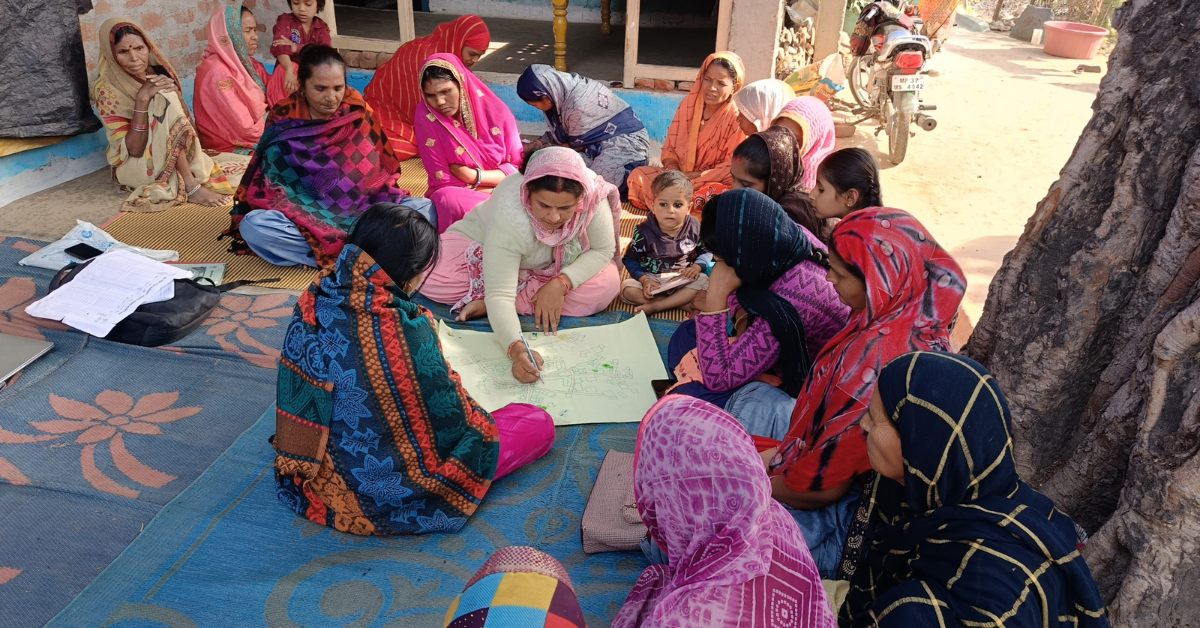
From solo efforts to a common table
One of the first organisations to join the CRA was ‘Janaagraha’, a Bengaluru-based nonprofit that has spent the last two decades working to improve the quality of life in Indian cities by collaborating with residents, governments, and urban local bodies.
“Our organisation has been part of the CRA since its inception because we firmly believe that transforming our cities and addressing climate issues cannot be done in isolation,” says Prarthana Ramesh, Associate Director at Janaagraha. “The CRA offers us an opportunity to collaborate with like-minded partners. It brings together diverse stakeholders, from civil society organisations and donors to innovative startups, to collectively address the climate crisis.”
One of Janaagraha’s key focus areas is bringing climate action to the local level in cities and towns. This means finding ways to make it part of everyday governance and tackling ongoing issues like flooding, heat, and poor air quality. “We want to help cities take charge and respond better to climate challenges,” Prarthana adds. “That’s central to our work with the CRA — giving urban areas the tools and strategies they need to act effectively.”
Another early member was ‘Saahas’, a Bengaluru-based nonprofit specialising in solid waste management. At the time, Saahas was working with gram panchayats and municipal bodies in northern Karnataka to strengthen local waste systems. While reaching out to the Rainmatter Foundation for project assistance, they learnt about the CRA’s formation.
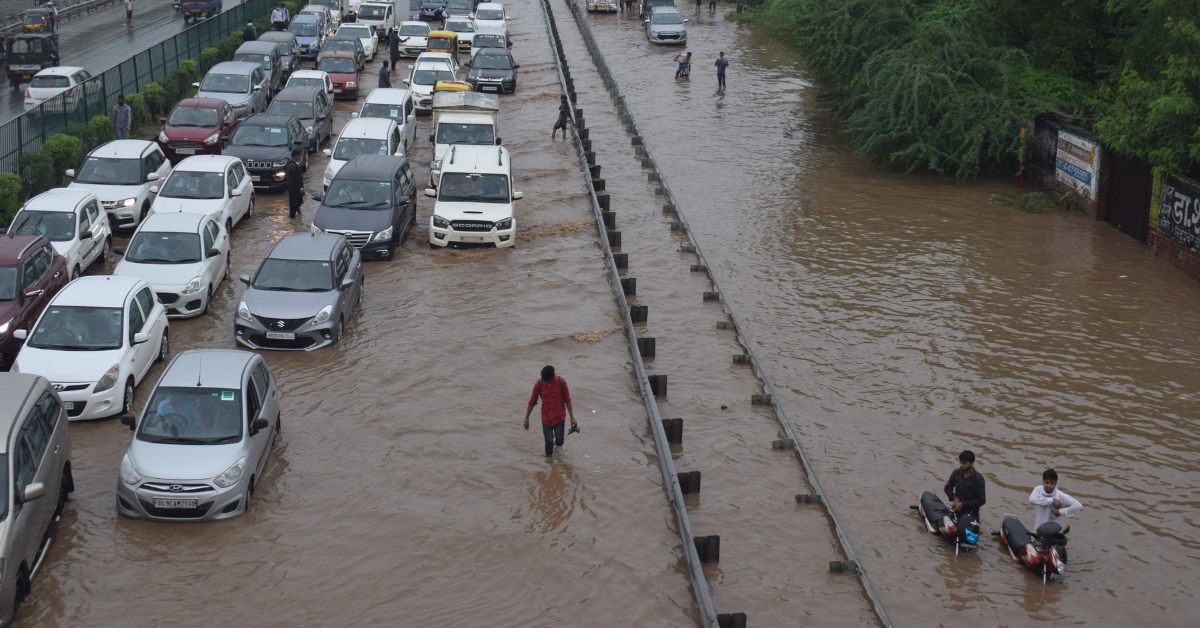
Archana Tripathi, CEO of Saahas, remembers the turning point. “When we approached Rainmatter Foundation and requested their support, we learnt about an alliance that was being put together with Dasra anchoring it. Despite working for years in the solid waste management sector, we realised that the climate space is much broader and that we need to collaborate with other organisations working on different climate-related issues such as air pollution, liquid waste management, rainwater harvesting, and similar subjects.”
For Archana, joining the CRA was about more than just networking. “We saw this alliance as a real opportunity to learn about what others in this space are doing and to help build a coherent narrative around climate. While you have the Disability Network Alliance (DNA) for organisations working on disabilities, there was no dedicated platform or alliance working on climate issues. Joining the CRA was a step towards filling that gap.”
How the alliance works on the ground
The CRA’s strength lies in its ability to bring different kinds of expertise to one table. Its work is organised into multiple streams — strategy development, capacity building, knowledge sharing, and collaborative advocacy. Within these, focus groups address specific themes such as gender, agroecology (sustainable farming that works with local ecosystems), rural development, livelihoods, conservation, and restoration. Many of these areas overlap, making the alliance itself a climate-focused network.
“Our approach is collaborative, not about one organisation taking a grant to run a project,” explains Pranay. “We bring together stakeholders around a specific issue or idea, involving those who already have relevant expertise, ongoing projects, research, or resources. This pooling of knowledge and capacity allows us to address complex climate challenges in a coordinated and integrated way.”
A clear example of this approach is ‘Doh Shaher, Ek Rupayan’ (DSER – ‘Ten Cities, One Vision’), a convergence programme led by Assam’s Department of Housing and Urban Affairs (DoHUA) to promote sustainable urbanisation in 10 large cities and towns. The programme covers critical climate-related components such as solid waste management, drinking water, sanitation, blue-green infrastructure, urban planning, and more — bringing them together instead of working in silos.
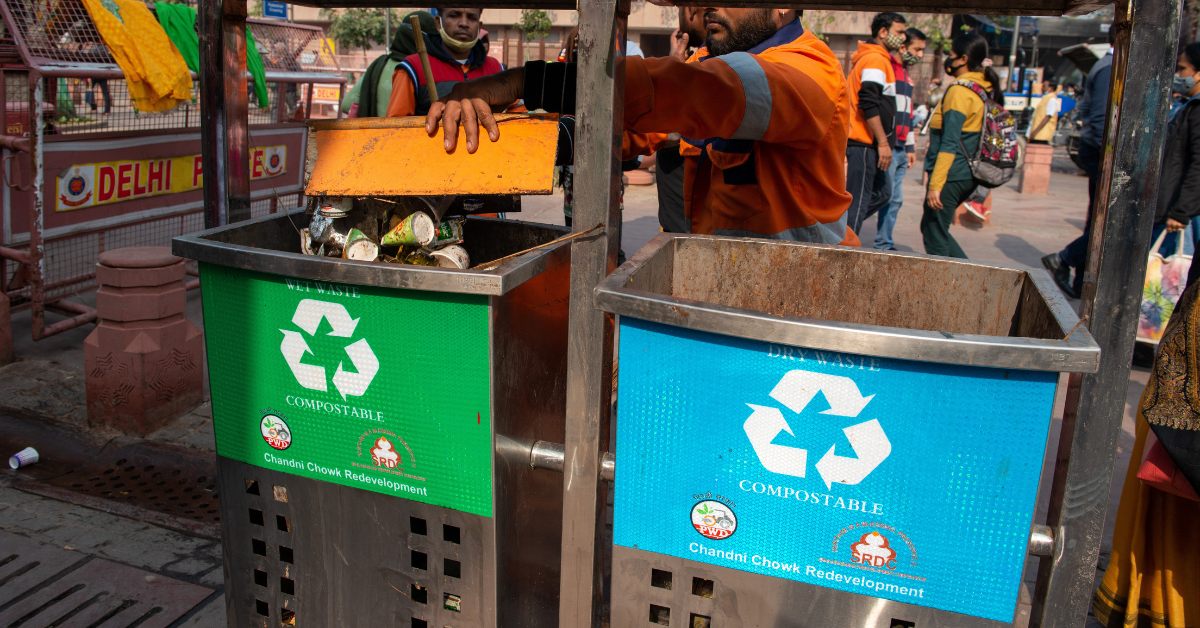
Janaagraha, as an anchor partner, has been conducting field visits in Assam to understand the geography and identify needs. “Some of the partner organisations involved include Saahas, Consortium for DEWATS Dissemination (CDD) Society (decentralised wastewater treatment), Centre for Water and Sanitation (CWAS), Kushaagra Innovations Foundation (waste management solutions), Hasiru Dala (waste management), and Institute for Transportation and Development Policy (ITDP) India (public transport), alongside local groups like Purvca Foundation (urban mobility) and The Midway Journey (decentralised waste management),” says Prarthana.
For the CRA, working with local organisations like Purvca is essential. “What works in Purvanchal may not be suitable for urban Assam or coastal Karnataka,” Pranay explains. “Each region needs solutions designed for its own conditions and challenges. We believe climate action should be owned jointly by local communities and the government, with local bodies, district administrations, and grassroots organisations working together.”
Prarthana adds, “Our role as Janaagraha, as one of the anchor partners, is to onboard and facilitate partners across these components, but not in a siloed way. The CRA connects us with the best minds across sanitation, solid waste management, blue-green infrastructure, urban planning, mobility, and urban transport. We bring these experts together to think creatively and reimagine what urbanisation can look like for these cities and towns. We aim to help the government build internal capacity to change the current narrative, as well as introduce elements of innovation into their planning and thinking processes.”
A key part of the DSER project is developing ‘City Action Plans’ — short-term, bottom-up vision documents created with citizen input, reflecting local contexts and aspirations for the next 25 years. These plans list practical projects and initiatives, aiming to be living documents that evolve with the cities instead of gathering dust like many long-term master plans.
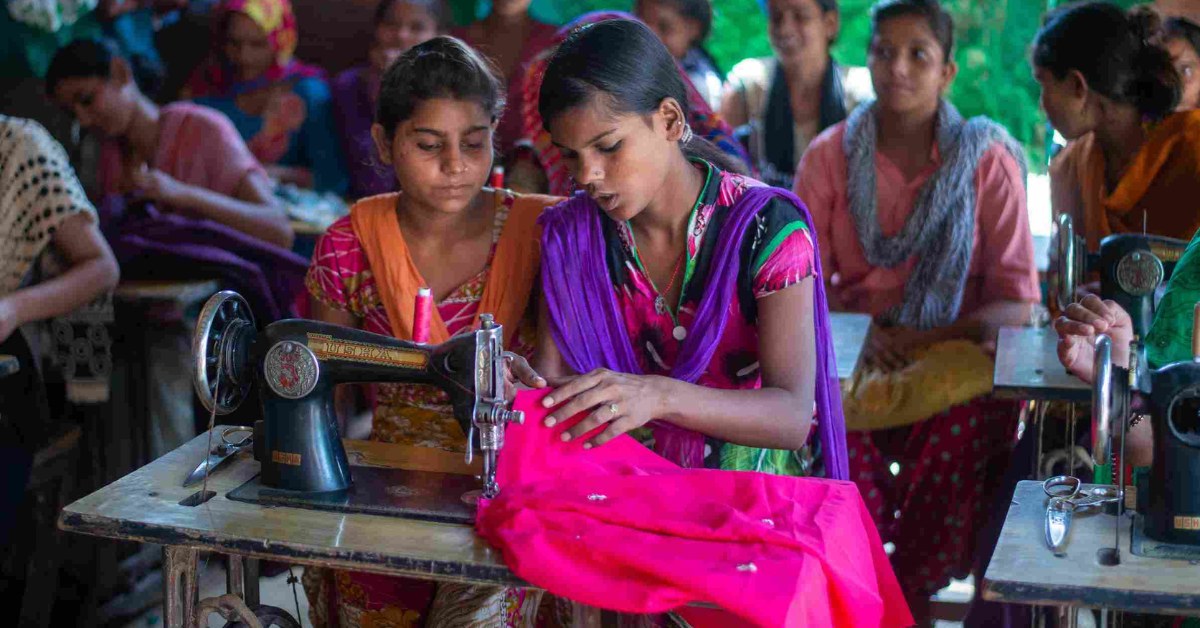
To prepare these plans, inputs are gathered directly from citizens through field visits and workshops. The goal is to capture both data and lived experiences from communities in vulnerable districts — understanding how climate change affects them, and how they are responding. In June 2025, for instance, Dasra and Janaagraha led an immersive field visit to Tezpur and hosted a workshop in Guwahati.
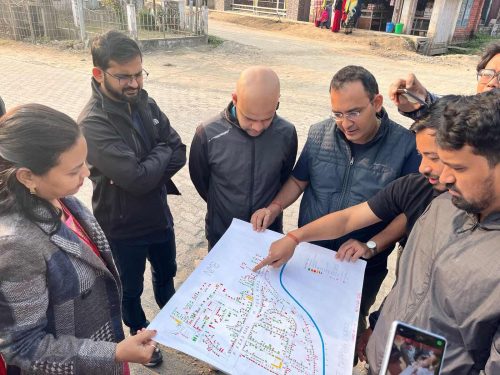
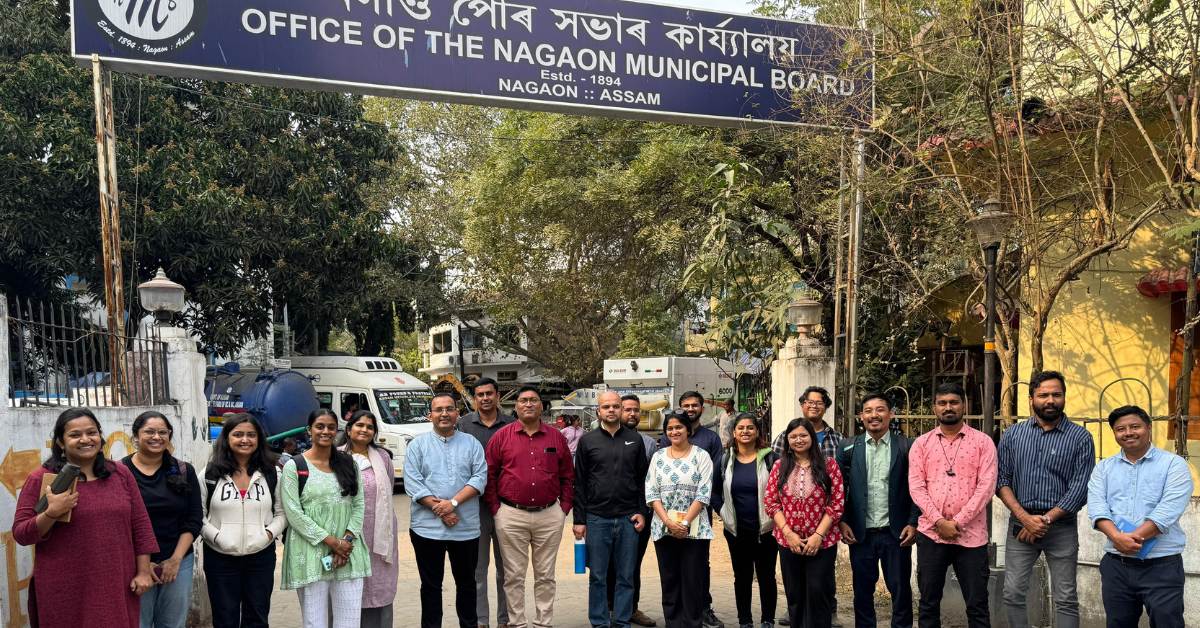
Representatives from over 11 civil society organisations — including CRA partners and local groups — joined local government officials from departments handling drinking water, sanitation, blue-green infrastructure, and transportation. These strategic discussions were paired with on-ground visits, giving all stakeholders a clearer picture of how these services are managed day to day.
Opening doors to new frontiers
For Saahas, the CRA opened doors that had long been out of reach.
Archana Tripathi says they had always wanted to work in the Northeast but struggled to secure funding or a practical entry point. “About two and a half years ago, we started work in Assam through some other funding. Today, we are active in a couple of locations in the state. Thanks to the CRA, we can scale our work in more cities because alliance partners have come together.”
Currently, Saahas operates in Assam’s Jorhat and Majuli. With Janaagraha taking the lead, the state government has been proactive in its support. “On our own, we wouldn’t have the clout to talk to state authorities and convince them to back us,” Archana says. “Being part of the alliance has helped us find our footing in Assam. Now, we’re also on the technical committee in Lakhimpur, Uttar Pradesh, for solid waste management. ”
Not all CRA partners work in urban spaces. ‘Farmers for Forests’, a Pune-based nonprofit, focuses on protecting and restoring forest cover in close collaboration with rural communities. Co-founder Krutika Ravishankar says one of their biggest challenges has been sustaining collaboration with governments — the largest players in forestry and agriculture.

“Any collaboration with the government enables impact at a much larger scale than one organisation can achieve alone,” she says. “But it can be tricky — there’s a lot of follow-up, document sharing, and legwork involved before you bring them on board. With Dasra as the secretariat, the CRA has helped us collaborate more effectively with governments. We’re able to work across multiple states in ways that would have been far harder to do on our own.”
Government requests can also stretch an organisation’s capacity. Krutika recalls how different departments have asked them for everything from carbon finance consultancy to tracking elephants, setting up and running mobile science laboratories, developing climate-relevant curricula, or supplying two lakh saplings for plantation drives. “The CRA knows exactly which partner to approach for each request, so we can focus on our core expertise,” she says.
Their projects — from restoring mangroves in Raigad district to preventing deforestation in Gadchiroli district — often involve coordination with other CRA partners like Reap Benefit, Technology for Wildlife, Grasslands Trust, and EarthFokus Foundation.
Crafting India’s climate story
For many nonprofits, the day-to-day demands of their work leave little time to build large, multi-stakeholder collaborations. “Genuine collaboration is often difficult because dedicated resources like funding, staff, and time are rarely available,” says Prarthana Ramesh of Janaagraha.
“Efforts like outreach, bringing diverse stakeholders together, ensuring everyone is aligned, and having a catalyst or facilitator to drive the project forward are incredibly challenging. The CRA has effectively filled this gap for many nonprofits like us. It has enabled us to build partnerships, collaborations, and coalitions more easily, without constantly worrying about losing focus or struggling to secure funding. Consequently, our core work remains unaffected, and the alliance acts as an enabler, making collaborative efforts more feasible, efficient, and impactful.”

One of the alliance’s most ambitious efforts is narrative building — what Pranay describes as the push to “build India’s own climate story.” The goal is to craft narratives that speak to different audiences through media coverage, social campaigns, collaborations with creators and influencers, and even art to engage urban citizens. At its heart, this work seeks to shift the climate conversation — grounding it in lived realities and keeping communities at the forefront.
“Our focus is to shift the climate narrative from just carbon footprints and greenhouse gas emissions to stories that highlight communities’ lived experiences,” Pranay explains. “We want these stories to resonate locally and be shared globally, ensuring India’s voices are heard.”
Krutika of Farmers for Forests believes this shift is essential. “No single organisation can address all aspects of climate. The CRA enables inter-organisation collaboration, which is essential for integrated, large-scale solutions. Looking ahead, alliances like CRA will be key to moving the entire climate sector forward.”
In just two years, the CRA has shown how coordinated action can bridge sectors and geographies — from millets in Maharashtra to mangroves in Raigad, and sustainable urbanisation in Assam. By linking local realities with national strategies, and ensuring every partner’s voice is heard, it is working to make climate action not just a policy goal, but a shared mission across India.
No comments:
Post a Comment